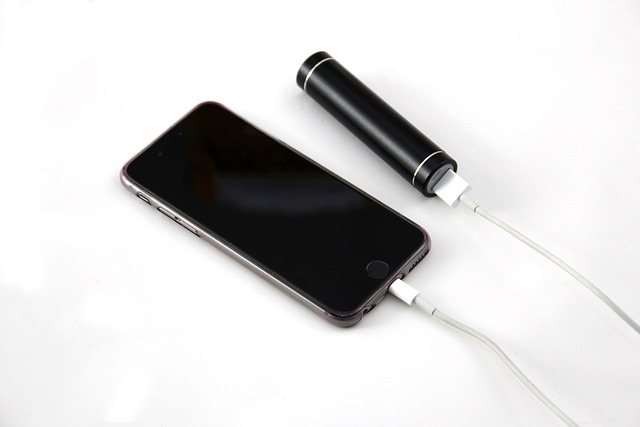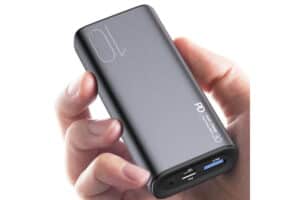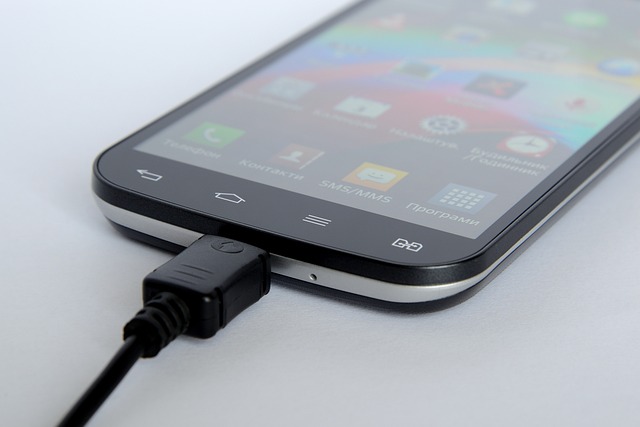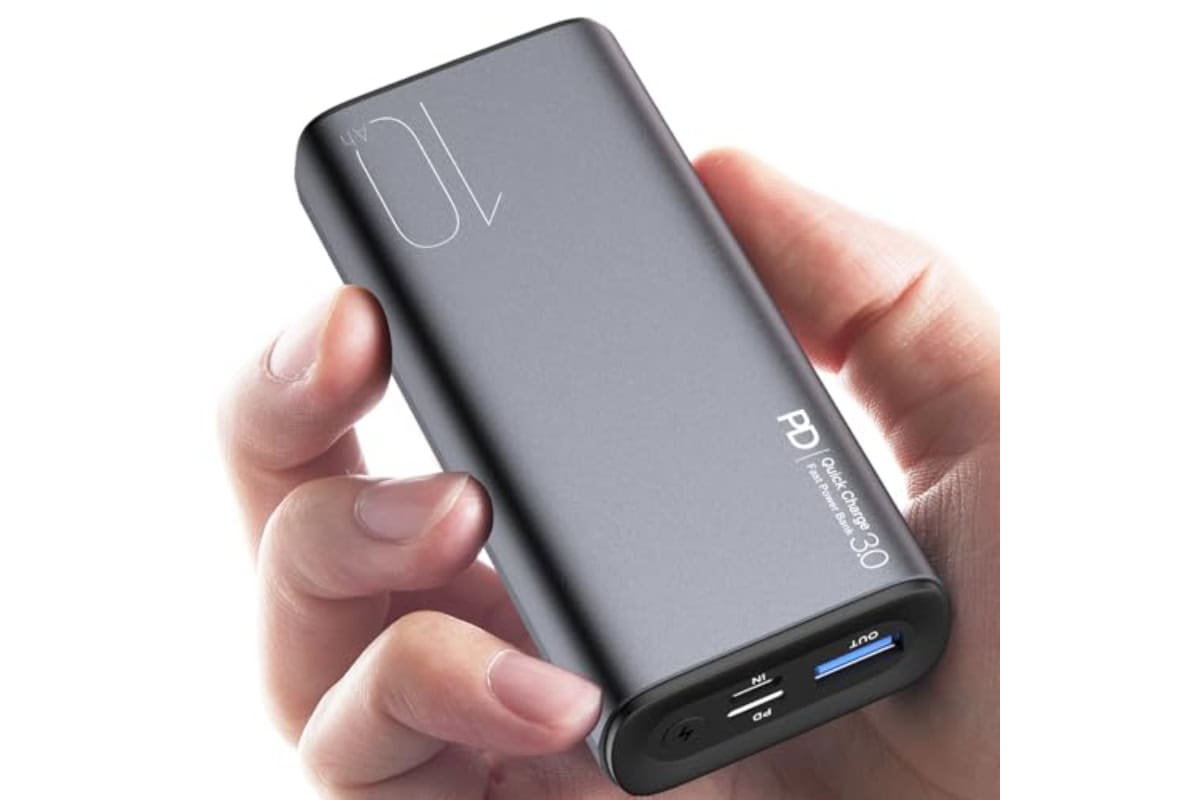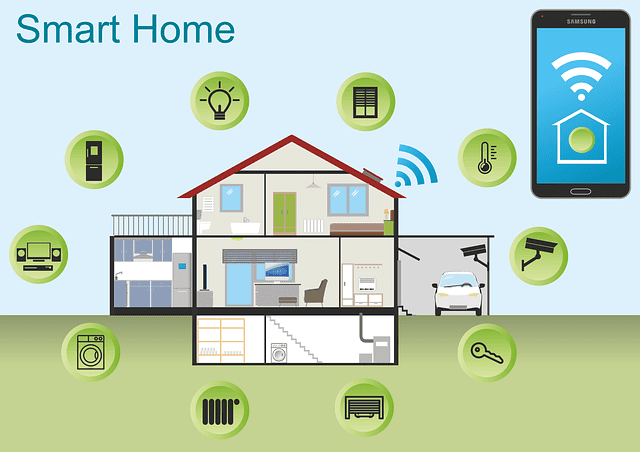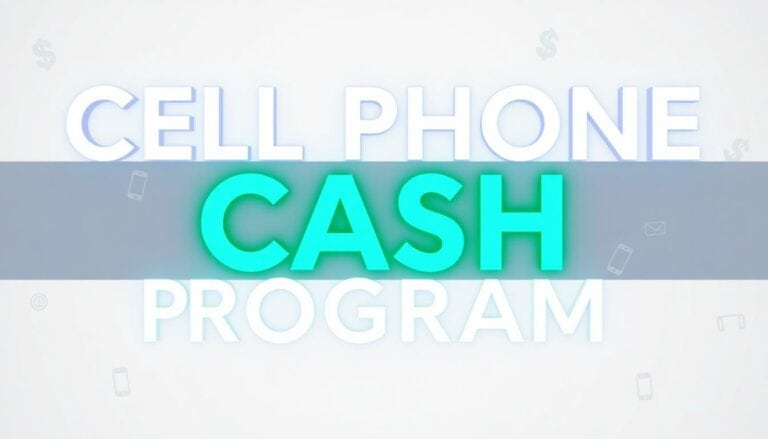Embrace The Power: Wireless Charging For Your Tech Needs
In a world where convenience is paramount, wireless charging emerges as a game-changer, reshaping how we power our devices. Imagine effortlessly charging your smartphone or smartwatch without the hassle of cords or cables. This technology is not just a concept of the future; it is a tangible reality revolutionizing the way we keep our gadgets juiced up.
Wireless charging, often referred to as inductive charging, eliminates the need for traditional power cords by using electromagnetic fields to transfer energy between a charging pad and a compatible device. This seamless process offers a glimpse into a future where tangled cables are a thing of the past, and charging becomes as simple as placing your device on a designated surface.
As we delve into the realm of wireless charging, its evolving capabilities present a myriad of possibilities beyond just smartphones and tablets. From electric vehicles to wearable technology, the applications of wireless charging are poised to transform various industries, promising a future where staying powered up is effortless and efficient.
Wireless Charging Technology: A Game Changer in Powering Devices
Wireless charging technology has revolutionized how we power our devices, offering a convenient and efficient way to keep our gadgets charged without the hassle of tangled cords. Let’s delve into the evolution, benefits, and the significance of the Qi standard in wireless charging technology.
Evolution of Wireless Charging
Wireless charging has come a long way since its inception. Initially, it was limited to certain devices and had slower charging speeds. However, with advancements in technology, we now have fast wireless chargers that can power up smartphones, tablets, and even wearables quickly and efficiently.
Benefits of Wireless Charging
- Convenience: Say goodbye to dealing with multiple cords and adapters. With wireless charging, you can simply place your device on a charging pad and let it power up effortlessly.
- Safety: Wireless charging eliminates the risk of tripping over cords or damaging ports from frequent plugging and unplugging.
- Efficiency: With wireless charging, you can top up your device’s battery throughout the day without interrupting your workflow or activities.
Qi Standard in Wireless Charging
The Qi standard is the prevailing technology behind most wireless charging devices. It ensures compatibility and standardization across various brands and devices, promoting a seamless charging experience. By adhering to the Qi standard, manufacturers guarantee that their devices work with a wide range of wireless chargers, making it a pivotal aspect of the wireless charging landscape.
Photo by Stanley Ng
Future Innovations in Wireless Charging
Wireless charging technology is advancing rapidly, paving the way for exciting innovations that promise to revolutionize how we power our devices. Let’s explore some of the future advancements shaping the landscape of wireless charging.
Increased Charging Speeds
One of the key areas of innovation in wireless charging is the drive towards achieving significantly faster charging speeds. Manufacturers are constantly working on new technologies that can deliver quicker charging times without compromising safety or efficiency. Imagine being able to top up your smartphone or laptop in a fraction of the time it takes today, making low battery anxiety a thing of the past.
Extended Charging Ranges
Another frontier in wireless charging is the expansion of charging ranges. Traditionally, devices need to be placed in close proximity to charging pads for wireless charging to work effectively. However, research and development efforts are focused on creating systems that can charge devices from greater distances. This means you could potentially charge your devices while moving around a room, without the need to be tethered to a charging station.
Innovative Integration
Innovation in wireless charging isn’t just about speed and distance; it’s also about integration with everyday objects and environments. Imagine a world where your furniture, such as tables or countertops, is equipped with wireless charging capabilities. This seamless integration would not only enhance convenience but also redefine how we interact with our living spaces.
As technology continues to evolve, the future of wireless charging holds boundless possibilities that could soon become a standard feature in our daily lives. Stay tuned for more exciting developments in this space that will undoubtedly shape the way we power our devices in the years to come.
Photo by Skylar Kang
Applications of Wireless Charging Beyond Devices
Wireless charging technology is not limited to just powering smartphones and tablets. It has started to revolutionize various sectors, paving the way for a more convenient and sustainable future. Let’s explore some fascinating applications of wireless charging beyond traditional devices.
Wireless Charging for Electric Vehicles
One of the most exciting developments in wireless charging technology is its application in electric vehicles (EVs). Instead of plugging in the vehicle to charge, wireless charging systems allow EVs to recharge simply by parking over a charging pad. This innovation not only simplifies the charging process for EV owners but also contributes to the growth of the electric vehicle market by addressing range anxiety and infrastructure limitations.
 Photo by RDNE Stock project
Photo by RDNE Stock project
Space-Based Solar Power
Wireless charging technology is also being explored for transmitting solar power from space to Earth using orbital solar power stations. These stations would collect sunlight unobstructed by the atmosphere and beam the energy to receiving stations on Earth through wireless power transmission. By harnessing space-based solar power with wireless charging capabilities, we could potentially meet the energy demands of the planet in a sustainable and efficient manner.
In-Road Electrical Vehicle Charging
In-road wireless charging systems offer a groundbreaking solution for charging electric vehicles while in motion. By embedding charging coils beneath road surfaces, electric vehicles can charge wirelessly as they drive, eliminating the need for frequent stops to recharge. This innovation not only enhances the convenience of electric vehicle ownership but also contributes to reducing greenhouse gas emissions by promoting the adoption of cleaner transportation methods.
Wireless charging technology extends far beyond powering electronic gadgets, showcasing its potential to transform various industries and promote a more sustainable future. Embracing these innovative applications can pave the way for a seamless and eco-friendly approach to powering our evolving world.
Challenges and Future Prospects
Wireless charging technology has come a long way, but it still faces several challenges that need to be addressed for a seamless user experience. Let’s delve into the hurdles that the industry is working to overcome and explore the bright future prospects awaiting us.
Overcoming Efficiency and Heat Dissipation Challenges
One of the primary challenges in wireless charging is efficiency. Current wireless charging solutions are not as fast or energy-efficient as traditional wired charging methods. This inefficiency leads to longer charging times and unnecessary energy consumption. Manufacturers are actively researching and developing new technologies to enhance the efficiency of wireless charging systems.
Heat dissipation is another crucial obstacle in wireless charging. As devices charge wirelessly, they generate heat, which, if not managed properly, can lead to performance issues and even safety concerns. Addressing heat dissipation challenges is paramount to ensuring that wireless charging remains a reliable and safe power source for electronic devices.
To tackle these challenges, engineers are exploring innovative materials, cooling techniques, and charging algorithms. By optimizing efficiency and heat dissipation, the next generation of wireless charging solutions aims to deliver faster charging speeds, reduced energy waste, and improved overall performance.
Integration with Internet of Things (IoT)
The integration of wireless charging technology with the Internet of Things (IoT) holds immense promise for the future. As more devices connect to the IoT ecosystem, the demand for convenient and efficient charging solutions grows. Wireless charging offers a seamless way to power IoT devices without the hassle of cords and cables.
By wirelessly charging IoT devices, users can create a more streamlined and interconnected smart home or office environment. Imagine a world where your smart thermostat, security cameras, and wearable devices are powered wirelessly, effortlessly maintaining their functionality without manual intervention.
Furthermore, wireless charging opens up possibilities for advanced IoT applications, such as autonomous drones and smart vehicles that can recharge wirelessly. This integration paves the way for a more interconnected and efficient IoT network, enhancing convenience and usability for users across various industries.
In conclusion, while challenges exist in optimizing efficiency and heat dissipation, the future of wireless charging is brimming with opportunities. Through continuous innovation and integration with IoT technologies, wireless charging is set to revolutionize how we power and interact with our devices in the years to come.
 Photo by Skylar Kang
Photo by Skylar Kang
Environmental Impact and Sustainability
In today’s tech-driven world, the environmental impact of our gadgets is a topic that cannot be ignored. Wireless charging presents a promising solution to reduce electronic waste and promote energy efficiency through green technology.
Reducing Electronic Waste
One significant benefit of wireless charging is its potential to reduce electronic waste. Traditional chargers come with cables that wear out over time, leading to replacements and contributing to electronic waste accumulation. With wireless charging, there are fewer cables involved, reducing the need for continual replacements. This shift towards a cable-free charging experience can positively impact the environment by minimizing the disposal of old and worn-out charging cables.
 Photo by Pixabay
Photo by Pixabay
Energy Efficiency and Green Technology
Wireless charging devices are designed with energy efficiency in mind. By eliminating the standby energy consumption associated with traditional chargers that continuously draw power even when not in use, wireless chargers help reduce overall energy consumption. Adopting wireless charging technology can contribute to a more sustainable future by promoting the use of energy-efficient devices powered by renewable energy sources. This shift aligns with global efforts towards a greener and more sustainable environment.
Incorporating wireless charging into our daily routines not only offers convenience but also plays a crucial role in minimizing our technological footprint on the planet. Embracing this innovative approach can pave the way for a more sustainable and environmentally conscious tech landscape.
For further insights on sustainable practices and environmental impact, explore related articles on sustainable technology and reducing electronic waste.
Conclusion
After delving into the world of wireless charging and exploring its impact on how we power our devices, it becomes evident that this technology is indeed a game-changer in our fast-paced digital landscape. It offers a seamless and convenient way to keep our gadgets charged without the hassle of cords and plugs.
The Future of Wireless Charging
Wireless charging technology is evolving at a rapid pace, with companies continuously innovating to make the process more efficient and user-friendly. As we embark on this wireless charging quest, it’s clear that the realm of charging our devices is undergoing a pivotal transformation.
![]()
Embracing the Wireless Revolution
With the wireless charging market projected to grow exponentially in the coming years, it’s crucial for consumers to leverage the benefits of this cutting-edge technology. From smartphones to wearables, the era of wireless power is reshaping how we interact with our devices.
Sustainability and Convenience Combined
One of the key advantages of wireless charging lies in its environmental impact. By reducing the need for disposable batteries and excess cables, wireless charging promotes a more eco-friendly approach to powering our devices. This proactive shift towards sustainability is thrilling for both consumers and the planet alike.
Looking Ahead
As we navigate the ever-evolving landscape of technology, wireless charging stands out as a resilient solution that seamlessly integrates into our daily lives. Its potential to revolutionize how we power our gadgets makes it a must-have feature for those seeking a more efficient and hassle-free charging experience.
 Photo by MART PRODUCTION
Photo by MART PRODUCTION
Latest Post
- What Is a Faraday Bag? Why Every Prepper Needs One
- Best Budget Laptops for College Students (2025) | Under $400
- What Is A Faraday Bag?
- TOZO PB3 Portable Charger: Lightweight Power For Your Devices
- Unlock Passive Income With The Cell Phone Cash Program
- JavaBurn: Does It Live Up To The Hype?

